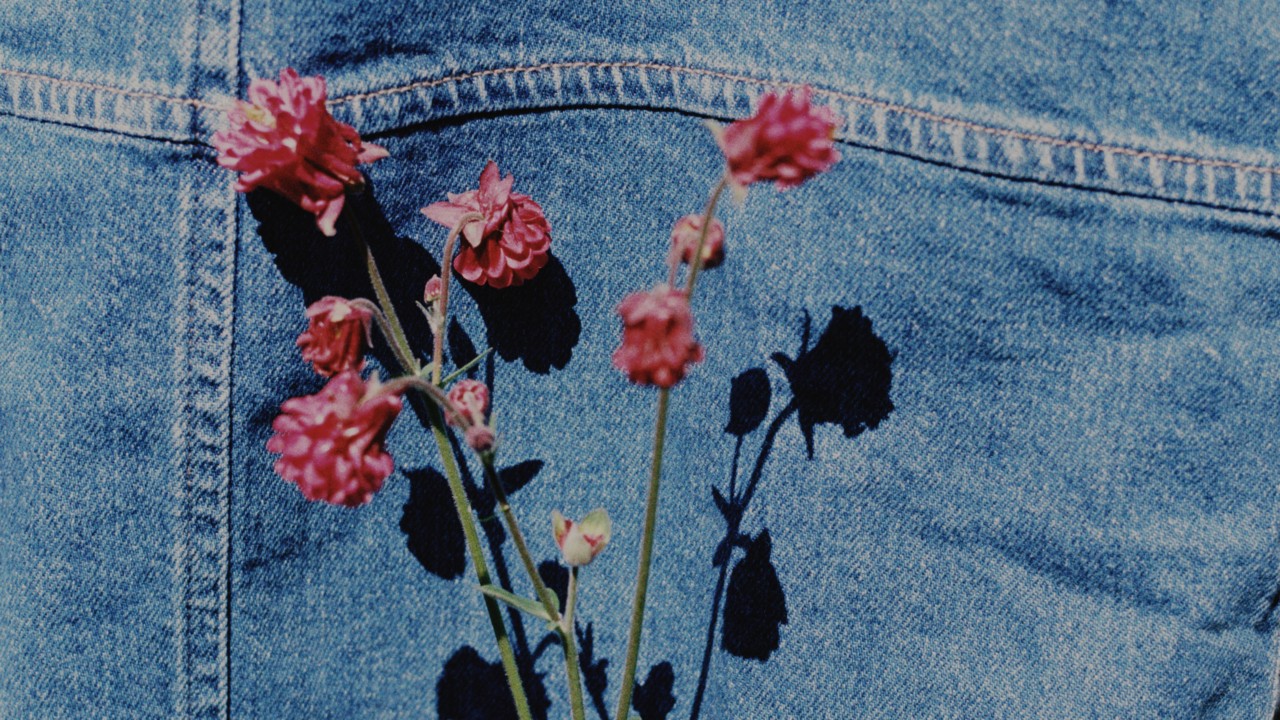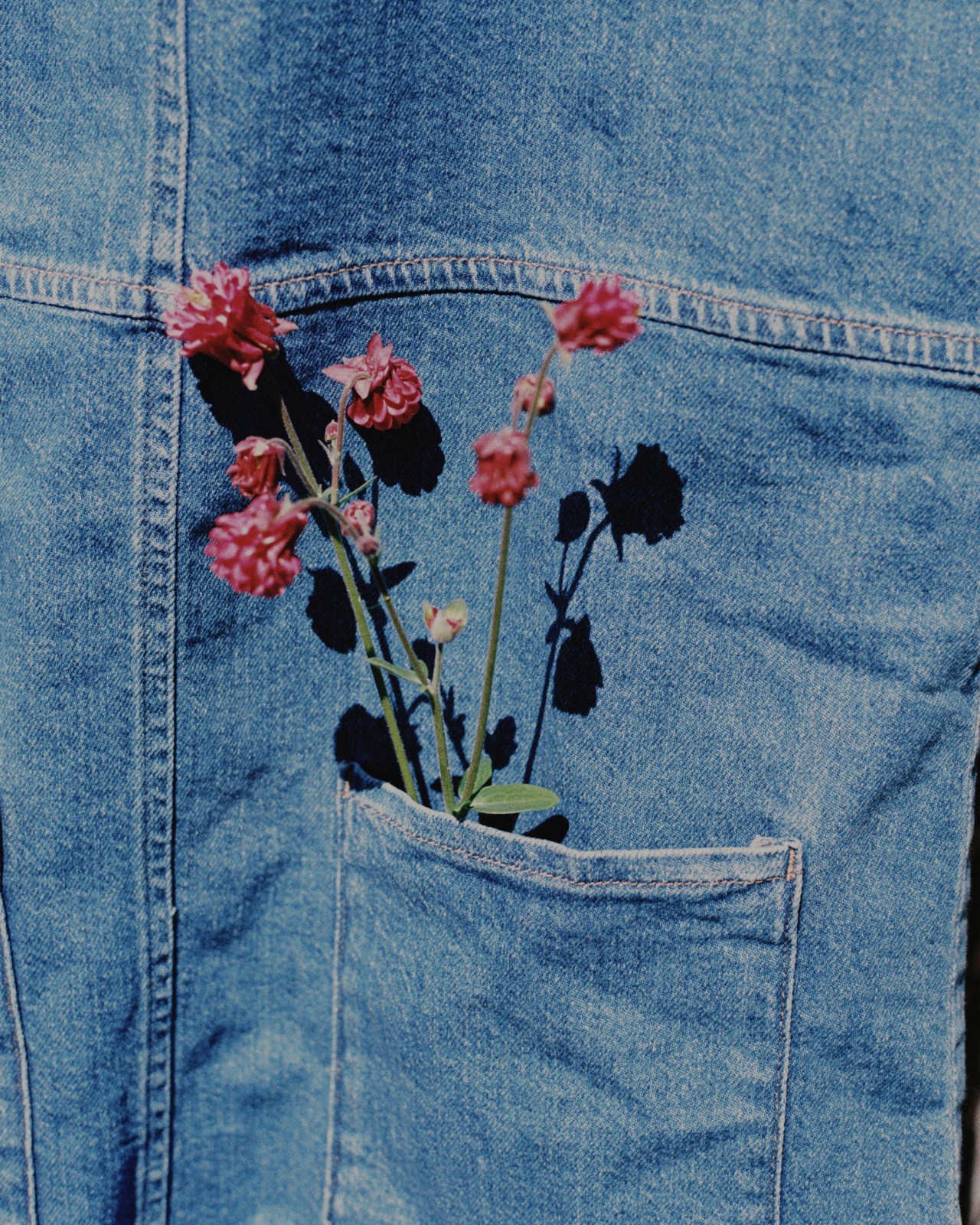

Photograph by Marlen Mueller / Connected Archives
Words by Sophie Tolhurst
Walking through Manchester, between the red-bricked buildings and tarmacked roads of the northern English city, where do you find Nature? There is soil beneath your feet, albeit under paving stone and slick of spilled coffee; there is the air you breathe, carrying traffic fumes and the synthetic sweetness of a watermelon vape. There is the unceasing rain, a reminder of Manchester’s place between the Atlantic and England’s inland hills; there is a shopkeeper, face tense as she raises the shutter to start the day.
For Lucy Sollitt, creative director of cultural organization FutureEverything, this search for Nature is a kind of recruitment as it works to appoint Nature to its board by Spring 2025. As an organization bound to serve the interests of its community (and wider, global audience), the board is there to keep it in check. It’s only right, then, that Nature has a seat at the table.
Like organizations globally, faced with the urgency of the ecological collapse, one of FutureEverything’s aims is to do its part in reversing the crisis. Yet, as sustainability directors are appointed in companies across industries, and the 29th United Nations Climate Conference (COP29) takes place later this month, reports are clear that the planet remains on the wrong trajectory. Other methods are needed—and fast.
In appointing Nature to the board, Sollitt says FutureEverything is looking to “contribute to systemic change.”
The idea stems from the Rights of Nature movement, long led by Indigenous peoples and more recently taken up by legal professionals, as a way to protect ecosystems, rivers, and the planet as a whole. But as César Rodríguez-Garavito, an international human rights and environmental law scholar and practitioner with expertise in Indigenous rights, research, and advocacy, explains, it is not a departure from human rights, but rather “expanding the circle of configuration and legal protection.”
“It used to be the case that the subjects that mattered for human rights law were mostly white men of a certain age,” Rodríguez-Garavito continues. “Racial minorities, non-citizens, women were included in human rights law only in the last century. [This] includes more-than-humans, or nonhumans, which I see as part of that incremental process.” From scientific findings and Indigenous knowledge, he says, “we know that the categorical distinction between humans and nonhumans is not supported.”
Borrowing its name from philosopher David Abrams’ term more-than-human, intended to remove the human/non-human binary when considering Nature, Rodríguez-Garavito founded the MOTH Project at New York University School of Law in 2022. Its aim is to expand the field of more-than-human rights by providing a platform for new ways of thinking as well as documenting groundbreaking implementation of rights law around the world.
The initiative started in law, but the MOTH Project has been interdisciplinary from the outset. “Many of the ideas behind ecological thinking and action come from fields other than the law,” says Rodríguez-Garavito. This includes Indigenous knowledge; the sciences (particularly mycology, botany, geology), as well as the arts, humanities, and philosophy. “The MOTH Project is, to a certain extent, an effort to have the law catch up with development in all those fields.”
“The deep systems change needed to adjust the rudder of the ship will never come from one voice or one idea; it will take a village.”
Every year, writers, musicians, visual artists, filmmakers, and performers take part in the MOTH Project’s knowledge-sharing gatherings and courses, while its website platforms collaborators’ projects. These include musician Cosmo Sheldrake’s album of ocean sounds, Wild Wet World, as well as the work of newsroom Sumúama, which is based in the heart of the Amazon and trains “forest journalists” to report from the frontline of—as per Sumúama’s website—a “war on nature”.
Before appointing Nature to FutureEverything’s board, Sollitt attended a MOTH course this year and spent time with Sarayaku, Cofan, and Kichwa Indigenous communities from the Ecuadorian Amazon. Having worked extensively in cultural research, programming, strategy, and policy, with a particular interest in the intersection of art and ecology, she believes that FutureEverything can contribute “to that wider rights of Nature movement, and start to embody [its] ideas and ethics, whilst playing a very different role in society to a lawyer, or an NGO.”
Interest in the more-than-human has been gaining traction in the arts in recent years. For instance: The U.K. Arts and Humanities Research Council announced funding for more-than-human design earlier in 2024, which moves beyond thinking about human-centered design to explore how a non-human centered worldview might be necessary to transition to a greener future. But while increasingly prevalent in programming, few arts institutions in the West have explored nonhuman governance in practice.
That is, with the exception of a group of organizations in the Netherlands deciding to become Zoöps, (from the Greek Zoë, or ζωή, meaning life), a term used to describe institutions that incorporate the interests of all life in its ecosystem into decision-making. The team behind the project, which started in 2018, includes Klaas Kuitenbrouwer and Wietske Nutma, researchers at Het Nieuwe Instituut in Rotterdam, and director and coordinator for the Zoönomic Institute respectively. Het Nieuwe Instituut was the first organization to become a Zoöp in 2022; today there are five, with seven more on the way.
Deeply concerned by “the climate crisis and ecological degradation,” the team proposed the Zoöp as a “practical way to give shape to this concern,” Kuitenbrouwer says. In the Netherlands, where he says there isn’t “a culture in which non-humans are considered to be subjects at all (they are either mostly resources, or Instagrammable at best),” the team worked to implement Rights of Nature on a local scale through contracts and private law. “A Zoöp is a method to navigate the current and very degrading economic practice, to [shift it to] one that might help support the health of ecosystems,” he says.
Kuitenbrouwer explains that bar “intrinsic motivation” there are no prerequisites for becoming a Zoöp, and for each organization the model may be different. The Zoönomic Institute offers tools and case studies to help an organization make its own progress, but a fundamental step is the appointment of a “Speaker for the Living”. They are neither employed nor paid directly by the organization to ensure independence, allowing them greater mandate to challenge organizational decisions, Kuitenbrouwer explains. The profile for a Speaker includes knowledge of ecology, organizational operations, and the organization’s field of work, and the Zoönomic Foundation helps matchmake an organization with the right candidate.
“In my community, working together, putting Life at the center, and sharing our gifts is how we live.”
Working to a yearly cycle, the Zoöp must follow a number of steps: first, identifying the different bodies that make up or interact with the Zoöp’s living world, as well as elements such as infrastructure, legal entities, or fire regulations that may impact decision-making. The next step is to develop methods of sensing and listening to non-human Zoöp participants’ perspectives. Informed by this breadth of perspectives, the Zoöp members can then assess the current actions and relations within the Zoöp and characterize them as degenerative, regenerative or neutral. Identifying which issues to intervene in, the Zoöp then works not to specific targets, but to gradually achieve a state where all life within the Zoöp can thrive.
At Het Nieuwe Instituut, the Zoöp has influenced decisions such as repurposing and resurfacing the parking lot to allow life to thrive and will help shape a major upcoming maintenance tender. It has also impacted a wider network: Before the institute participated in a city-wide rooftop festival, the Speaker helped instigate a festival policy of monitoring for nesting birds before a roof could be opened to the public, Nutma explains.
While Rights of Nature are most advanced in countries such as Ecuador and New Zealand, the U.K., like the Netherlands, is reluctant to adhere—a U.K. delegate announced to the UN this year that the government does “not accept that rights can be applied to nature or Mother Earth.” (By contrast, companies have enjoyed legal personhood in the U.K. since the mid-19th Century.)
To shape its own legal framework, FutureEverything is working with Lawyers for Nature (LfN), a team that helped the first U.K. businesses appoint Nature to the board: retail brand Faith in Nature and design company House of Hackney. The process isn’t simple, and requires shifting a company’s performance criteria.
Brontie Ansell, cofounder and director at LfN explains that “an organization must amend its constitution by changing their objects clause in their articles of association [in order] to allow the company to have specific regard to Nature, and to appoint a non-executive director to speak on behalf of Nature,” says Ansell. “This is how to create a shift in the way a company operates, and putting the voice of Nature into the heart of their decision-making and governance systems.”
With FutureEverything, Ansell highlights “the community spirit they have fostered from the very start”; Sollitt has recruited a working group comprising perspectives from multispecies and environmental justice, technology, art, urban greening, decolonial practice, Indigenous knowledge and law. “The deep systems change needed to adjust the rudder of the ship will never come from one voice or one idea; it will take a village”, Ansell says.
Sollitt says she is particularly interested in the ability of artists to open up new ways of attending to Nature. Working group member and art historian Sria Chatterjee has engaged with artists collaborating with non-human life in their practice, while Sollitt and FutureEverything’s specialism at the intersection of art and technology adds a further dimension, particularly relevant to Manchester’s post-industrial landscape and our current boundary-blurring age of biotech and AI, argues Sollitt, who is “open to the idea of emergent forms of hybrid synthetic life being considered within our understanding of the more-than human.” Meanwhile, member Ariel Clark—Eddawagiizhigkwe or Both Sides of the Sky Woman, who is an Odawa Anishinaabe woman trained in Western and Indigenous law—will advise on protocols to attend to Nature without “mastery.”
Though there are plenty of challenges ahead, the model FutureEverything is developing can help pave new ground at the intersection of technology, law, art, and social justice—but also drive change in the notion of governance more fundamentally. That’s an urgent mission in the face of the climate crisis. “In my community, working together, putting Life at the center, and sharing our gifts is how we live,” says Clark. “And I see that as the only way we human beings are going to (re)learn to live in a good way.”
Why the Art World Is Making Nature Its Boss